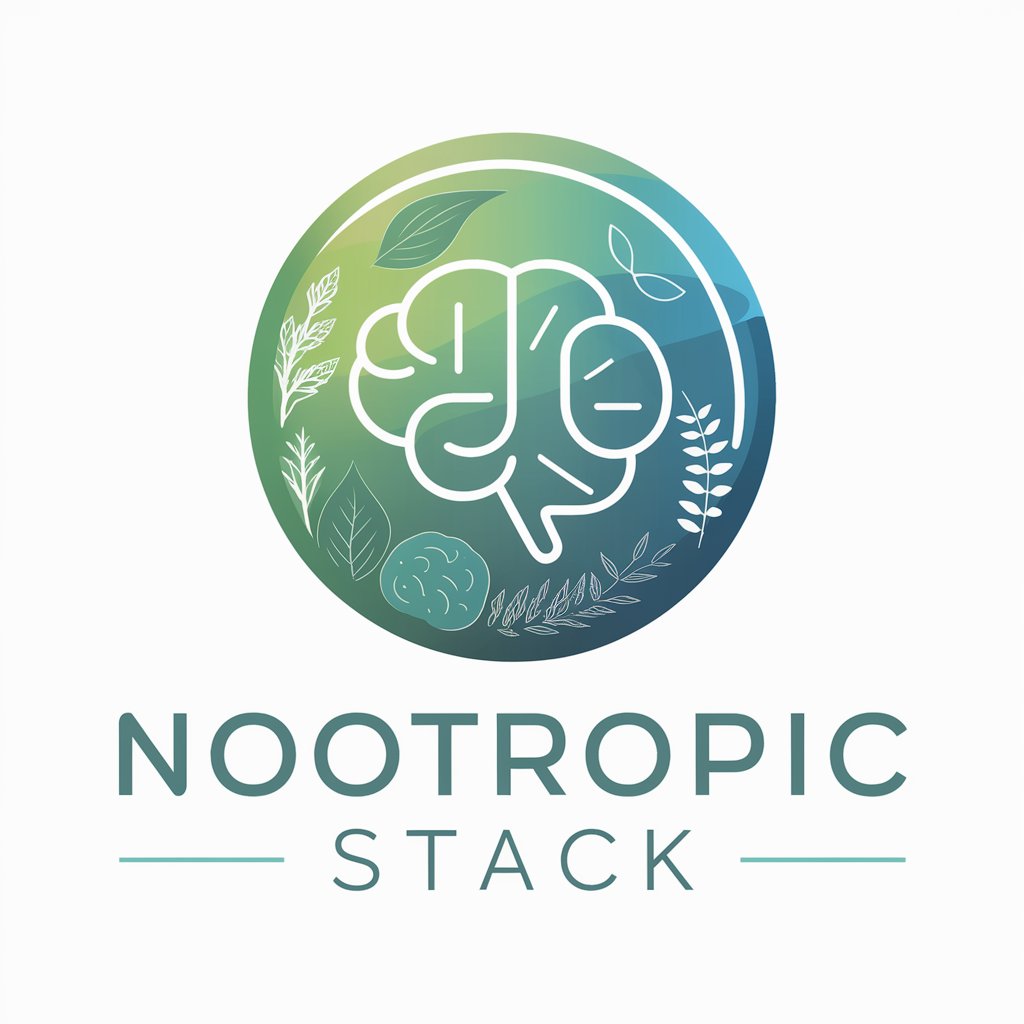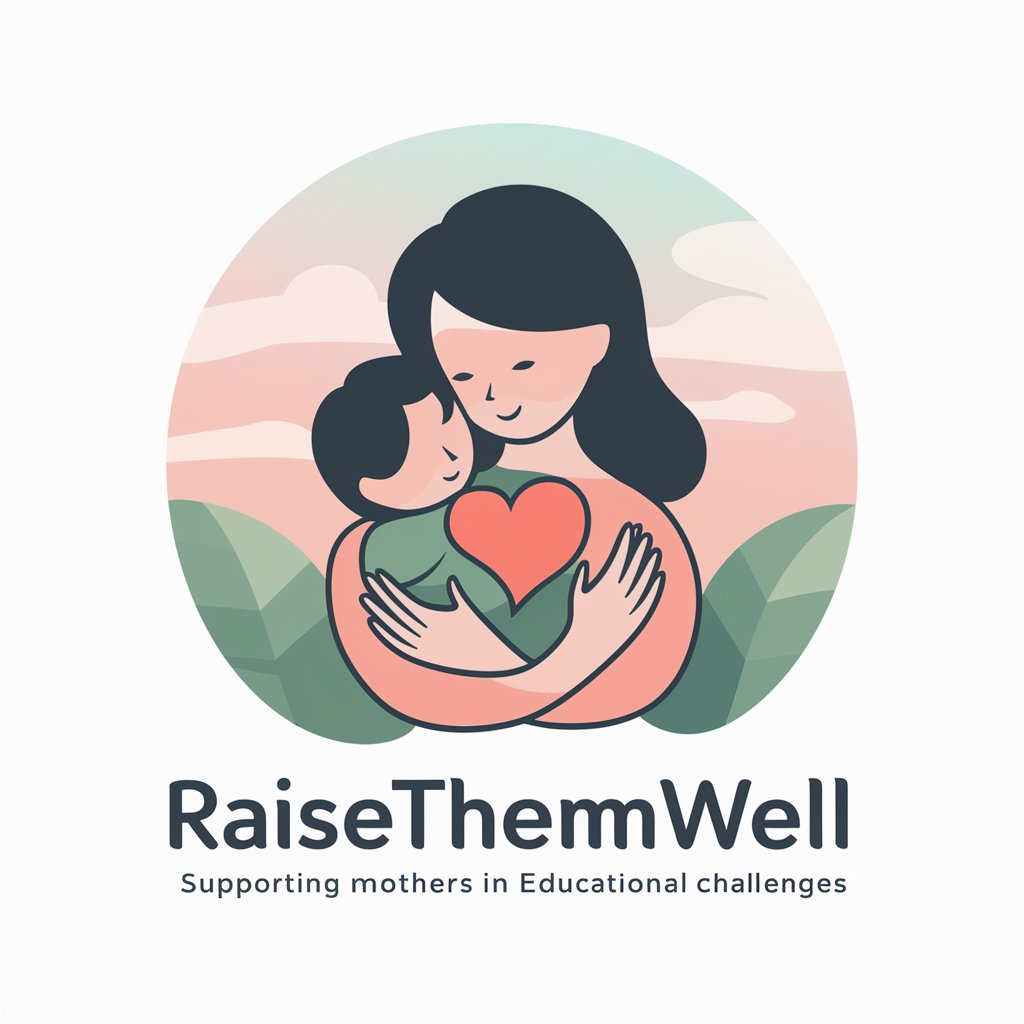Regenerative Agriculture Mentor - Regenerative Farming Guide

Empowering Sustainable Farming with AI
Practices I can adopt to improve soil health.
How to manage my livestock to promote pasture health?
Benefits of cover cropping and how can I implement it.
Resources to learn more about regenerative agriculture.
Get Embed Code
Overview of Regenerative Agriculture Mentor
Regenerative Agriculture Mentor is a specialized tool designed to guide users through the principles and practices of regenerative farming. Its core mission is to facilitate the transition towards more sustainable and environmentally friendly agricultural methods. By offering advice on soil management, crop rotation, cover cropping, and holistic grazing, the mentor aims to enhance soil health, increase biodiversity, and contribute to climate change mitigation. Examples of its application include advising a farmer on integrating cover crops to improve soil organic matter, or guiding a rancher on implementing holistic grazing practices to enhance pasture health and carbon sequestration. Powered by ChatGPT-4o。

Core Functions and Real-World Applications
Soil Management Advice
Example
Recommending practices such as minimal tillage and the addition of compost to enrich soil organic matter.
Scenario
A farmer observes declining yields and soil erosion. The mentor suggests adopting no-till farming and applying green manures to rebuild soil structure and fertility.
Crop Rotation and Cover Cropping Guidance
Example
Suggesting crop sequences and cover crop species to enhance soil fertility and disrupt pest cycles.
Scenario
An agricultural student is planning a crop rotation schedule. The mentor provides a rotation plan that includes legumes for nitrogen fixation, followed by deep-rooted crops to improve soil structure.
Holistic Grazing Management
Example
Advising on livestock rotation to mimic natural grazing, optimizing pasture recovery, and carbon sequestration.
Scenario
A rancher wants to improve pasture health and livestock productivity. The mentor recommends a rotational grazing system that allows for adequate pasture rest periods and mimics natural wildlife movements.
Climate Change Mitigation Strategies
Example
Explaining how integrating trees into agricultural systems (agroforestry) can sequester carbon and diversify income.
Scenario
A farmer seeks to contribute to climate change mitigation. The mentor suggests adopting silvopasture practices, combining tree planting with livestock grazing to sequester carbon and provide additional revenue from timber or fruit.
Target User Groups for Regenerative Agriculture Mentor
Farmers and Ranchers
Those managing agricultural or pastoral lands who are looking to adopt sustainable practices to improve soil health, increase productivity, and mitigate the effects of climate change.
Agricultural Students and Educators
Individuals engaged in agricultural education, seeking to understand and teach the principles of regenerative agriculture as part of modern and sustainable farming curricula.
Agricultural Consultants and Advisors
Professionals providing guidance to the agricultural sector, who can leverage the mentor to offer up-to-date, science-based advice on regenerative practices to their clients.
Environmental Advocates
People committed to environmental preservation and restoration who see the value in promoting agricultural practices that restore ecosystems, enhance biodiversity, and combat climate change.

How to Use Regenerative Agriculture Mentor
1
Start by visiting yeschat.ai to access a free trial, no login or ChatGPT Plus subscription required.
2
Identify your primary area of interest or challenge in regenerative agriculture, such as soil health, crop rotation, or holistic grazing.
3
Use the provided text box to input your specific question or describe the issue you're facing on your farm.
4
Review the guidance and resources provided by Regenerative Agriculture Mentor, which may include advice on practices, links to studies, or suggestions for further reading.
5
Apply the suggestions to your agricultural practices and monitor the changes. Feel free to return with follow-up questions or for more detailed advice on your progress.
Try other advanced and practical GPTs
Wuo SEO og content rådgiver
Empowering your online presence with AI

CreceTube Experto
Elevate Your Video Content with AI

PlantER: Plant Health Specialist
AI-powered Plant Health Assistant

Nootropic Stack
Optimize Your Mind with AI

Cinema Sage
Discover Cinema Magic with AI

Content SEO Optimizer
Empower Your SEO with AI

PalestineGPT
Empowering Perspectives with AI

Parenthood Preparatory
Empowering parenting journeys with AI.

Best Quora Answers
Crafting Engaging Answers with AI

RaiseThemWell
Empowering Mothers with AI-Driven Guidance

Animal Mixologist
Craft cocktails with AI-powered animal bartenders.

M
Compassionate AI Companion for Mental Wellness

Regenerative Agriculture Mentor Q&A
What regenerative practices can improve soil health?
Enhancing soil health involves incorporating organic matter, practicing minimal tillage, using cover crops, and implementing crop rotations to increase biodiversity and soil organic carbon.
How can I select the right cover crops for my farm?
Select cover crops based on your soil type, climate, and main crops. Legumes fix nitrogen, grasses improve soil structure, and brassicas break up compacted soil. Tailor choices to your farm's needs.
Can regenerative agriculture help with climate change?
Yes, by sequestering carbon in the soil through practices like cover cropping, reduced tillage, and enhanced plant diversity, regenerative agriculture can significantly mitigate climate change impacts.
What is holistic grazing and how does it benefit my land?
Holistic grazing involves managing livestock to mimic natural grazing patterns, which can improve soil health, increase biodiversity, and enhance carbon sequestration by promoting healthy grassland ecosystems.
Are there any online resources for learning more about regenerative agriculture?
There are numerous online platforms offering courses, webinars, and articles on regenerative agriculture. Websites like the Rodale Institute, Regeneration International, and local agricultural extension services are great places to start.
